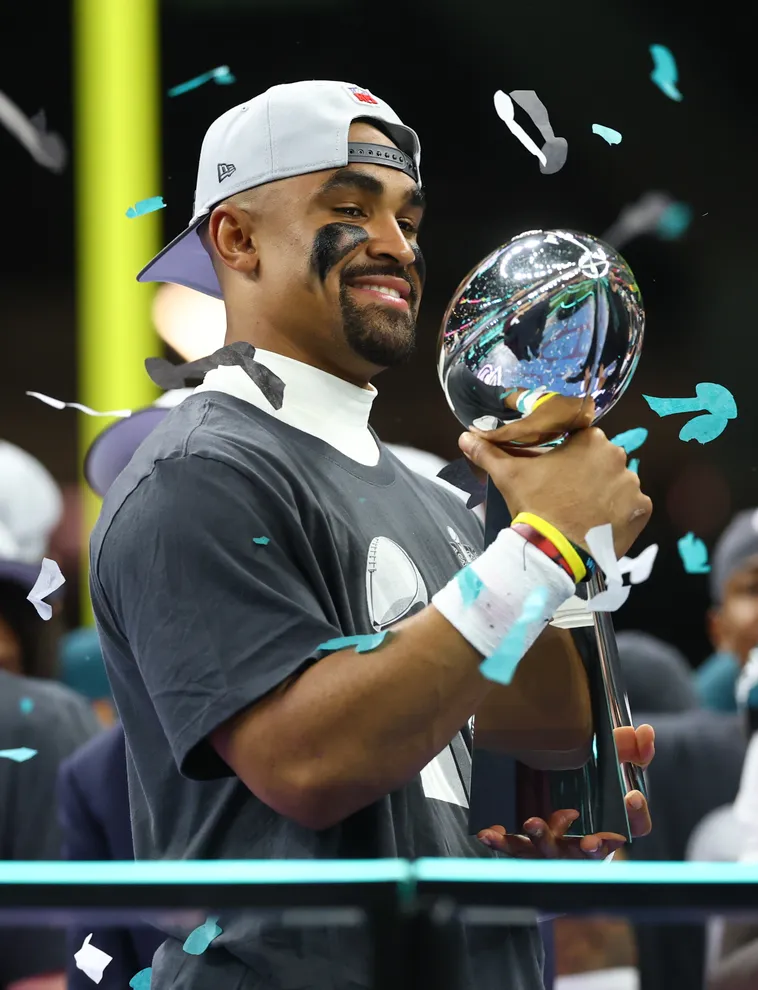This is the third in a series of articles dealing with Title IX. Next week the future effects of Title IX will be examined.
You can’t legislate equality.
Even after Title IX’s passage, many universities have failed to follow the law and work for gender equity.
But since 1992, when Title IX became more stringently enforced by the federal government, Saint Louis University has made a concerted effort to give males and females equal opportunities for athletic success.
The numbers in the University’s initial Equity in Athletics Disclosure Act are staggering. In 1995-96, the University’s undergraduate population was 47 percent male and 53 percent female. According to Title IX, nearly 53 percent of funding should be going to female athletes.
But, according to the report, men’s teams spent 79.5 percent of the total operating budget, while the women only spent 20.4 percent. Operating costs are defined as total institutional expenditures for lodging, meals, transportation, officials, uniforms and equipment.
Other statistics in the report show the disproportion. 136 males participated in athletics, as compared to 110 females.
Recruiting expenditures show how skewed the funds were. Men’s teams were given 72 percent of the funds that were allotted for recruiting. Women’s teams were given 28 percent.
The one area where funds were somewhat equal was in athletic related student aid. Men were awarded 52 percent of student-athlete financial aid. Female athletes were given 48 percent of the funds allotted for student-athlete financial aid.
The report also showed a difference in coaches’ salaries. Men’s coaches were paid, on average, nearly three times as much as women’s coaches.
Assistant coach’s salaries were closer, with only a $2,700 average difference between men’s assistants and women’s assistants. Nine men’s assistants were included in the survey; seven women’s assistants were included.
The 1999-2000 Equity in Athletics Disclosure Act shows the implementation of the attitudes and practices that Title IX’s passage hoped to create.
One of the main differences was the addition of women’s soccer in 1996.
In 1999-2000, the University’s undergraduate population was 45.1 percent male and 54.9 percent female. Men’s teams spent 53.4 percent of total operating budgets, while women’s teams spent 46.6 percent.
However, the per-capita expense, which was not reported in the 1995-96 report, shows that men were given $3,750 and women were given $3,006.
Participation in athletics at SLU reflected the undergraduate population. Females outnumbered the males in all athletic programs, 138-127.
Recruiting funds were altered. Men teams spent 54.5 percent of the total recruiting expenditures, while females spent 45.5 percent.
Athletic related student aid favored female athletes. Women’s teams were given 51.2 percent of the total aid given, while men’s teams were given 48.8 percent.
Coaching salaries also became more equal. Men’s head coaches, on the average, made $10,000 more than women’s head coaches. Assistants, though, showed a greater discrepancy than in the previous report.
There was a $14,000 difference between the average salaries of men’s assistants and women’s assistants.
But Title IX deals with more than just the allocation of money.
“The law made us all become cognizant of what we need to do. We’ve added full-time assistants for the women’s basketball team, added women’s soccer, expanded the sports information department and expanded our training facilities,” said Senior Associate Director of Athletics and Senior Women’s Administrator Lori Flanagan. “It’s forced our marketing department to market the women as well as the men.”
Women’s soccer coach Tim Champion thinks that the soccer team has benefited from Title IX.
“From a Saint Louis University standpoint, we’re treated well,” said Champion. “It’s been fair in what we receive. Within the University, it’s been an equitable situation with the men’s and women’s teams.”
Flanagan stated that the current numbers can be misleading.
“With men’s basketball, it’s a conference rule that the team must be in the city of the game the night before if the game is televised. We’re cognizant of missed class time and we try to get them back as soon as possible,” Flanagan said. “This is reflected in the budget.”
SLU has concentrated on meeting more than one of Title IX’s three prongs for compliance.
“We’ve made great program expansion,” Flanagan said. “Do we try to match proportionality? Sure we do. With our scholarships, more money goes to women.”
SLU’s focus on Title IX compliance has led to success throughout the athletic program.
“The focus now is to raise the level of competition,” Flanagan said.
“It has also raised the level of experience the students have. They have better opportunities to be successful than 10 years ago.”
Even though great strides have been made to make SLU’s athletic programs equal, more needs to be done.
“The biggest thing is getting this into the open for people to see,” said junior midfielder Ismahan Mohsen.
“People can’t just accept it anymore. For it to change, it has to be open and recognized as important,” Mohsen said.
“We still have a long way to go,” Flanagan said. “It’s all relative to the program. When you look at continuing, you have to look at how you can compete with teams in the conference. That forces us to grow.
“We have to match the competition level. That helps us maintain Title IX regulations and also move forward.”









